Learning on the Fly
Fly fishing doesn’t have to be complicated
By Mike ZlotnickiVisitNC.com
Although I don’t consider myself a fly angler, I own a fly rod. However, I do consider Scott Wood a subject expert on fly fishing. Scott, a buyer and product manager for Great Outdoor Provision Co., sat down with me to talk about getting into the sport, one he’s been doing since childhood.
“I grew up with a stream in the backyard … so naturally I gravitated to fishing,” Scott says. Eventually, Scott figured out he could catch more fish on fly rod poppers than on hardware.
If one is shopping for golf clubs, it helps to get fitted at a pro shop. The same goes for fly rods, as one size doesn’t fit all. A big-box retailer is likely not set up to allow customers to cast lines, a significant part of the selection process, Scott explains.
“With a fly rod, there’s personal preference in casting style,” he says. “A rod that casts better for me might not be the one that casts better for you.”
Fly rods were once made of split bamboo, then fiberglass. Most rods today are graphite, although Scott explains fiberglass is making a comeback.
“It’s what we call ‘slower,’ so it bends a little deeper into the rod and doesn’t rebound as quickly,” he says. “That can be good if you’re trying to cast in a jungle where you want to cast short and you want to cast slow in a delicate presentation.”
Scott explains that fly-fishing rods are measured in “weights.” A 3- or 4-weight rod is best for mountain trout, for example, whereas an 11- or 12-weight rod is suited for species like tarpon, amberjack or tuna. If you want to use a rod for bass and bream fishing, a 6-weight rod is best, Scott says. “It’s got enough oomph to cast heavy-bass flies, but it’s not so heavy that a bream isn’t going to be fun.”
Selecting the right line is another consideration — Scott sees the rod and fly line as equally important. A weight-forward floating line is standard. One misconception is you must fish floating flies with floating line, but you can also use a sinking fly and it will simply hinge down on the leader, he explains. Scott uses a monofilament leader, which is a length of line between the main fly line and the tippet, or what the fly is tied to.
In the fly-fishing world you have “poppers,” or topwater flies; “floating flies,” or dry flies; and “wet flies,” also known as streamers and sub-surface flies. A decent combo, or outfit — consisting of a rod, reel, line and leader — costs from around $200 to $250 or more. Pro shops can also design an outfit for specialty fishing.
“A lot of people will benefit from a lesson, whether in a class or individually. It can be hard to learn to cast on your own — even just one lesson can help,” Scott offers as final advice. “Also, buy decent equipment. You get what you pay for. There’s a tendency in the fly-fishing world to make it seem way more complicated than it is. It’s just fishing.”
-
All about fishing
-
Share this story:

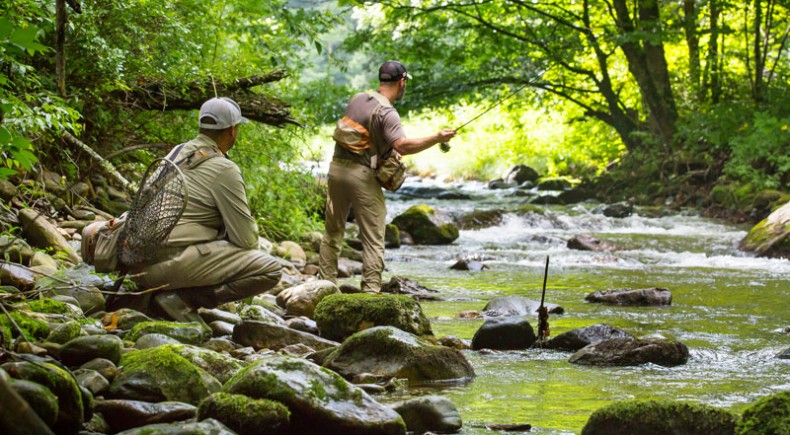
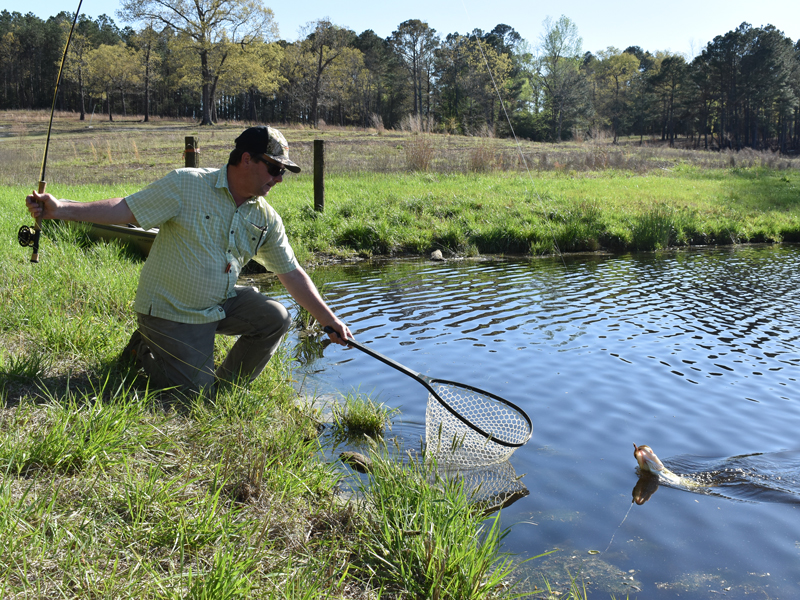
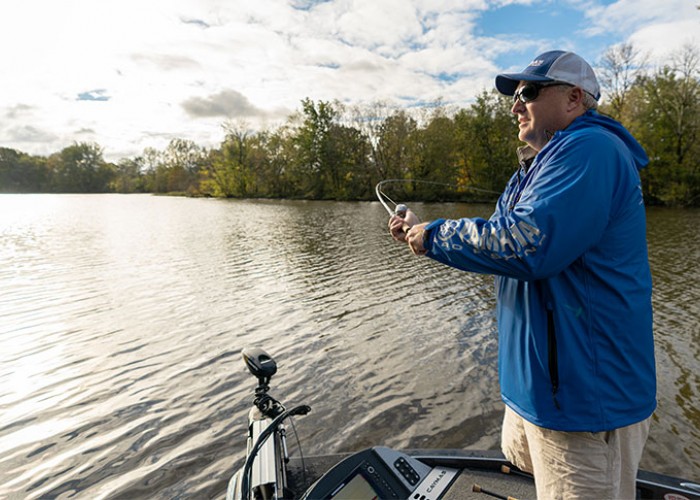
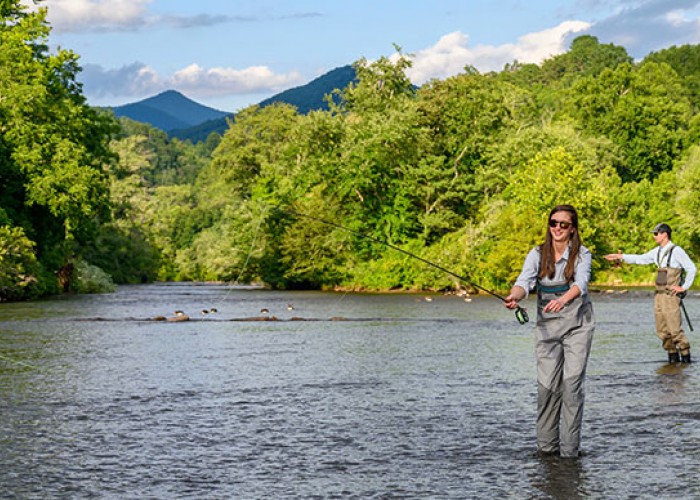
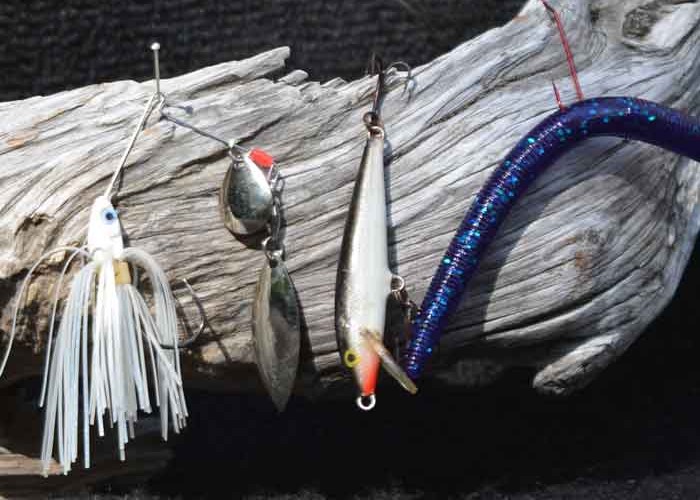



Comments (1)
Betty Horne |
July 12, 2023 |
reply